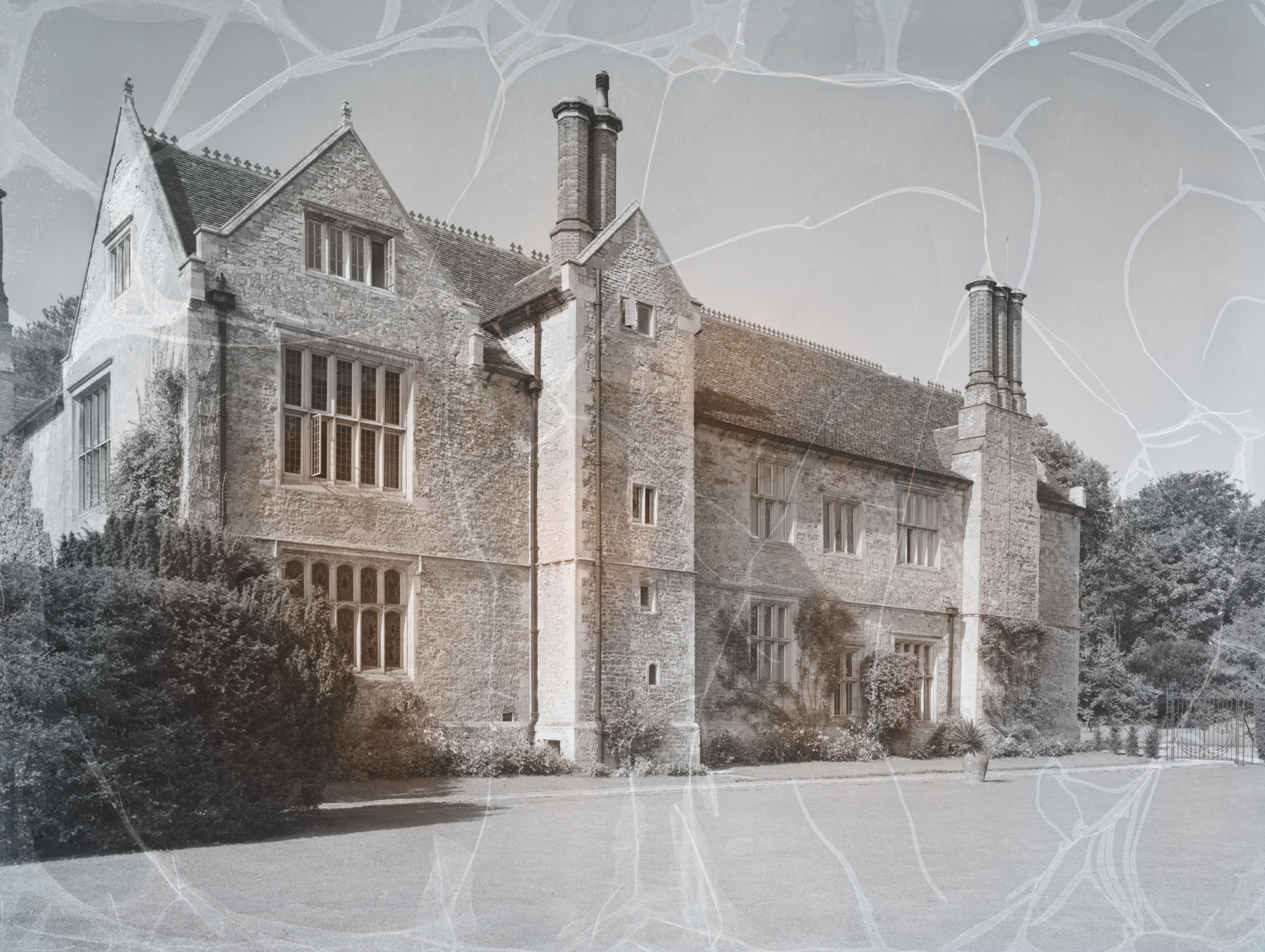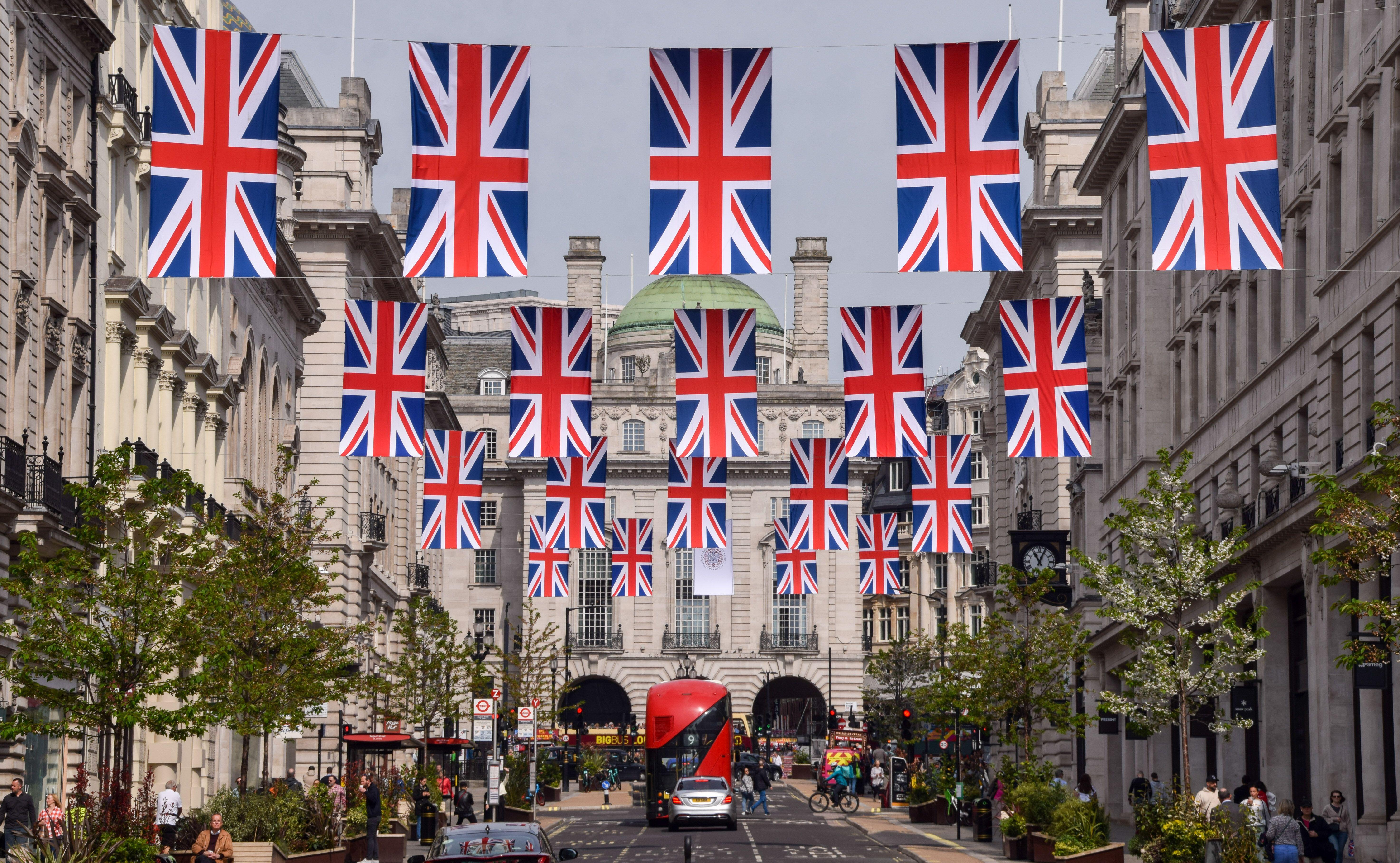The Perfumed Garden in Winter
For pollination or seduction, it is scent, however elusive, that is the key…

In a rare break from the jungles of South America, Dr Henry Oakeley, the orchid specialist, comes to dinner. The good doctor is, at last, close to elucidating the botanical mysteries of a notably large and puzzling group of orchids. One of his investigative tools is the perfume of these spectacular flowers, which can range from apple to Swiss chocolate, and from wintergreen to allspice. Using gas chromatography, Henry and colleagues have managed to ?read? these various scents, analysing and breaking them down into their ingredients.
?For example, Ida locusta, the dark green, night scented orchid from Peru that smells of French Golden Delicious is 75% ethyl acetate and 15% diethyl carbonate. The cinnamon scented, yellow Lycaste cruenta is 4% alphapinene, 45% 1,8-cineole, 13% ocimenetrans and 20% 1,4-diethoxy-benzene.? Nobody present fails to be impressed. But a little later, I recall Walter Bagehot?s comment on the monarchy: ?Its mystery is its life. We must not let in daylight upon magic?.
Unlike the monarchy, we must always let daylight in on the plant kingdom. But, despite all our anatomising, is there still not something essentially mysterious about perfume? The cold precision of a formula can rarely explain the factors that produce a scent, or quite how it achieves its goal.
Perhaps the darkest magic of all is our own sensitivity to these chemical messages; the way in which compounds engineered by plants to entice bugs or protect themselves resonate so deeply with humans. Yet resonate they do, which is why, for example, the parfumier Jean-Paul Guerlain travels the globe in search of fragrant plants.
The day after my orchidaceous dinner party, there is no such exoticism to be found in Oxford. The leaves are down, the last perennials finished, and the borders like basalt. All is locked in freezing fog?all except some molecules which magically dance our way. Four shrubs are in bloom and it is their scents that regale us.
Massed with posies of shell pink flowers, Viburnum x bodnantense Dawn blends attar of roses with heliotrope. My companion in life declares the scent old-maidish. For me, it is pure Karenina, summoning quick thaw assignations with brumal beauties. Here is a further mystery of plant perfumes: that men and women often smell them differently.
Nearby, the primrose tresses of Mahonia japonica Hivernant (also known as Hiemalis) demonstrate yet another curious fact of plant fragrance that species X can sometimes smell more like the wholly unrelated species Y than species Y itself does. In this case, the perfume being copied is lily-of-the-valley, which we gratefully receive in cool, bracing gusts.
Exquisite houses, the beauty of Nature, and how to get the most from your life, straight to your inbox.
Beneath the mahonia grows Sarcococca confusa, sprigged with whiskery ivory flowers, which release clouds of sugared vanilla at the slightest upturn in temperature. All sarcococcas are worth growing. They are solid and understated groundcover in summer. They wax verdant and shapely in winter as much around them declines or disappears. And they all, in varying degrees, possess head turning perfume just when one needs it.
The non-climbing honeysuckle Lonicera fragrantissima is very nearly bare now except for clusters of crystalline white blooms. These are drenched with a fragrance that is redolent of summer nights: there is something of the lily or jasmine about it. Only, as with so many winter bloomers, this scent seems finer and more focused in finish.
The biological rationale for this is that pollinators are in short supply in the dark months. Plants that rely on what insects are available need to proclaim their attractions longer and more loudly. They usually find a few takers, but I suspect gardeners outnumber them by far as the unintended beneficiaries of all this wintry wooing.
These shrubs will take us to Christmas and possibly beyond. Then they will be joined by powdery wafts of mimosa from Acacia baileyana and A. dealbata, both growing against the house. By March, our winter scent schedule will be ending with the incense and marzipan of Prunus mume and the extra strong jonquils of Abeliophyllum distichum, a wall hugging, white flowered forsythia.
I cannot tell you which compounds are involved in their perfumes, nor would I wish to: there should be some mysteries in the garden. After all, what could be more mysterious than the accidental power of these shrubs to make a gloom ridden gardener feel suddenly euphoric?
Country Life is unlike any other magazine: the only glossy weekly on the newsstand and the only magazine that has been guest-edited by His Majesty The King not once, but twice. It is a celebration of modern rural life and all its diverse joys and pleasures — that was first published in Queen Victoria's Diamond Jubilee year. Our eclectic mixture of witty and informative content — from the most up-to-date property news and commentary and a coveted glimpse inside some of the UK's best houses and gardens, to gardening, the arts and interior design, written by experts in their field — still cannot be found in print or online, anywhere else.
-
 The mysterious case of Country Life's cursed photographs and other spooky stories from our archive
The mysterious case of Country Life's cursed photographs and other spooky stories from our archiveMelanie Bryan delves goes in search of the spookiest stories in the Country Life Archive.
-
 What is everyone talking about this week? How to be a patriot
What is everyone talking about this week? How to be a patriotA British 'GQ' cover has sparked questions about how to be a patriot amid today's culture wars.
